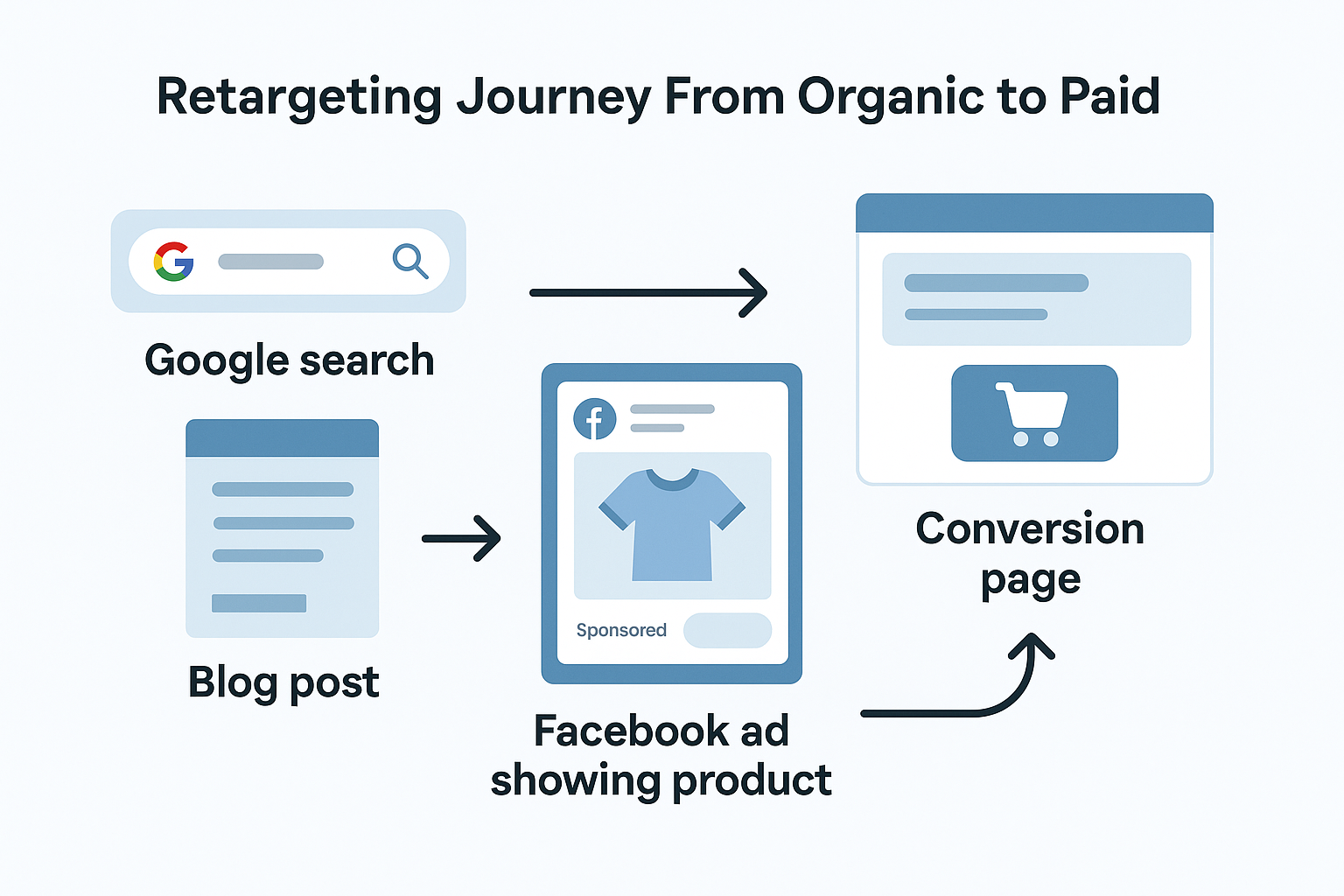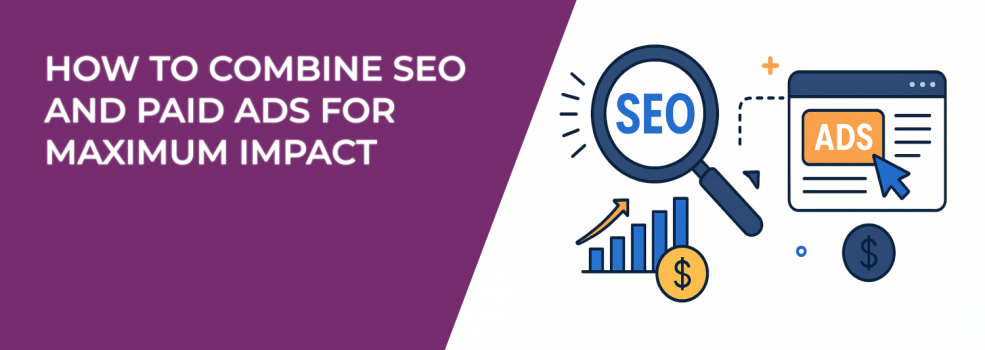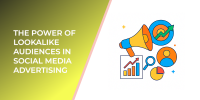SEO and paid ads have always been treated like separate playbooks. One is slow and builds authority over time. The other is fast, visible, and budget-dependent.
But the highest-performing marketers don’t pick one over the other. They combine them — strategically. That’s when things click: search visibility improves, acquisition costs go down, and lead quality goes up.

Here’s how to merge the long game of SEO with the precision of paid advertising to drive real results.
1. Test SEO Keywords with Paid Ads First
SEO teams often invest months optimizing for keywords that never convert. Don’t guess. Run small paid search campaigns to validate high-intent search terms before committing to content.
With Google Ads or Meta search ads, track:
-
Click-through rate (CTR): Is the keyword compelling enough to attract attention?
-
On-page behavior: Do users engage, scroll, click, or bounce?
-
Conversion metrics: Which keywords actually lead to sign-ups, purchases, or other goals?
Once you know what works, you can create optimized blog posts, product pages, or lead magnets around proven search intent — not assumptions.
2. Build Landing Pages That Serve Both Channels
It’s common for SEO and paid teams to direct traffic to different pages — but that split creates friction and mixed messaging. Your landing pages should be optimized for both:
-
Search intent alignment: Pages should answer the question users asked, whether they came from Google or an ad.
-
SEO best practices: Use structured headings, fast-loading pages, mobile responsiveness, and clear meta tags.
-
Conversion design: Paid ads need conversion-focused UX: CTAs above the fold, strong copy, minimal distractions.
Pages that balance relevance and conversion give you long-term SEO visibility while helping paid campaigns perform better (thanks to higher Quality Scores).
3. Retarget Organic Traffic with Paid Ads
SEO can bring in tons of visitors, but many won’t convert on the first visit. That’s not a failure — it’s a signal to follow up.

Use retargeting to nurture search visitors and nudge them back. Here's how:
-
Segment based on content viewed: If they read a pricing page, show a limited-time offer. If they read a blog, show a related lead magnet.
-
Set frequency caps: Avoid ad fatigue by limiting how often they see your retargeting ads.
-
Match message to funnel stage: Don’t push aggressive offers on top-of-funnel users.
This is how you build intent over time — not all at once. You can explore more about retargeting strategy in How to Set Up Facebook Retargeting.
4. Use SEO to Improve Paid Ad Performance
A strong organic presence doesn’t just lower customer acquisition cost over time — it can actually boost your paid campaigns directly.
When your site ranks well and builds domain authority, your ads often benefit from:
-
Better Quality Scores in Google Ads (due to improved landing page experience).
-
Lower CPCs across search and display.
-
Brand lift: Users who see both an ad and an organic result are more likely to click.
So investing in on-page SEO, link building, and technical performance is also an investment in your paid efficiency.
5. Share Data Between SEO and Paid Teams
Paid and organic teams often work in silos. But they’re sitting on data the other side would kill to have.
Here’s how to share insights:
-
SEO to Paid: Use organic keywords that drive high time-on-site or low bounce rates in paid campaigns.
-
Paid to SEO: Use top-performing ad headlines and test them as blog titles, meta descriptions, or H1 tags.
-
Cross-campaign insights: Compare demographic data, geographic performance, and funnel behavior.
By syncing strategies, both teams become more efficient. You waste less, test faster, and reach smarter conclusions. To improve your audience targeting skills, take a look at Facebook Ad Targeting 101: How to Reach the Right Audience.
Final Thoughts
Think of SEO and paid ads as two traffic streams flowing toward the same riverbed.
Organic gets you visibility. Paid gives you speed. But when you treat them as parts of the same funnel — where each insight feeds the next move — you get more than traffic. You get qualified leads, stronger conversion paths, and higher ROI.

